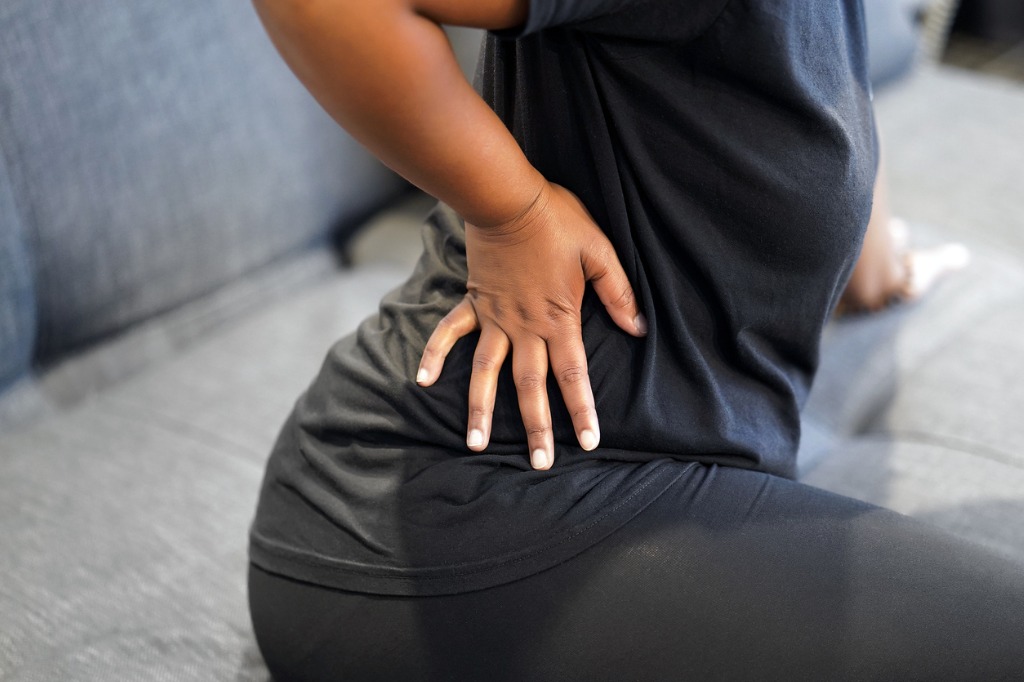
Have You Heard of Trochanteric Bursitis?
The bursa is a small, protective fluid-filled sac that cushions one part of a joint from another, preventing friction between bones and other soft tissues. Bursitis occurs when the bursa becomes inflamed from excess pressure or overuse. With over 150 bursae located in the body, you are more likely to develop bursitis in joints that you use the most often, such as the hip or the knee.
The hip has two main bursae: the trochanteric bursa and the iliopsoas bursa. One of the most common forms of bursitis is trochanteric bursitis or greater trochanteric pain syndrome (GTPS). This condition occurs when the bursa that is located between the iliotibial band and the greater trochanter becomes inflamed.
Symptoms of Trochanteric Bursitis
The symptoms of trochanteric bursitis can vary from person to person, but this condition typically causes:
- Pain on the outside of the hip and in the thigh
- Tenderness or swelling
- Acute pain that fades into a dull ache over time
- Difficulty lying on the affected hip
- Exacerbated pain when going down or upstairs
Causes of Trochanteric Bursitis
There are several causes of this inflammatory condition. One of the most common is an injury to the hip from a fall, a direct blow to the region, or repetitive activities such as running, cycling, or jumping. Other causes include:
- Overuse
- Incorrect posture
- Bone spurs
- Arthritis: rheumatoid arthritis, osteoarthritis, or gout
- Spine problems: scoliosis
- Prior hip surgery or prosthetic implants in the hip
- Thyroid disease
- Legs that are two different lengths
- Muscle tears
Risk Factors for Trochanteric Bursitis
GTPS is relatively common and estimated to affect 15% of women and 8% of men. The condition is more likely to develop in middle-aged women and young female athletes who compete in sports that involve frequent running and jumping.
Diagnosing Trochanteric Bursitis
Diagnosis of GTPS typically starts with a physical exam. The doctor may press on the inflamed area and evaluate where your pain originates to determine which structures are being irritated. Your doctor will also likely order other tests to rule out the presence of other issues and to confirm your diagnosis, such as:
- X-rays
- Ultrasound
- MRI
- Blood tests
Treatment Options for Trochanteric Bursitis
For initial management, treatment for GTPS is always nonoperative and may include the following methods:
Rest and Ice Therapy
Resting your hip allows your bursa time to heal, and paired with consistent icing, you may be able to naturally reduce swelling and inflammation.
Physical Therapy
To help stretch and strengthen the muscles around the hip area, physical therapy is almost always recommended to help treat GTPS. Some important factors to keep in mind when crafting a physical therapy routine are:
- Quadricep strengthening
- Ischial tibial band stretching
- Hip abduction exercises
- Gluteus medius strengthening
- Proper running and jumping form
- Hip mobility and flexibility
Corticosteroid Injections
Corticosteroid injections may be recommended by your healthcare provider to help target and provide relief from inflammation. These powerful injections are particularly beneficial for athletes who continue to compete in their sport after a GTPS diagnosis to mitigate painful symptoms.
NSAIDs
Talk to your doctor about taking over-the-counter anti-inflammatory medications to alleviate inflammation and pain, such as:
- Ibuprofen: Advil or Motrin
- Naproxen: Aleve
Surgery
Surgery for trochanteric bursitis is very rare and only necessary when conservative treatment has failed to provide pain relief. Surgical management of this condition involves using an arthroscope to view the interior of the hip and remove the bursa.
Typically, non-invasive solutions are enough to treat this condition.
Contact Rejuvinix
If you experience hip pain, seek out Rejuvinix’s nonsurgical joint treatment today. With our joint injections, we can re-introduce a naturally occurring lubricant back into your joint, reducing pain and friction. Request a free consultation today if you would like to learn more about which of our treatments is suitable for your trochanteric bursitis.